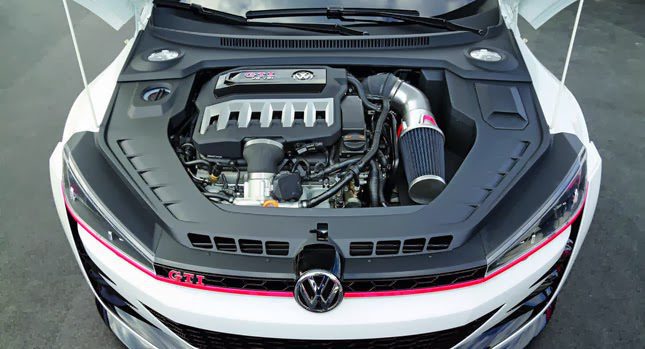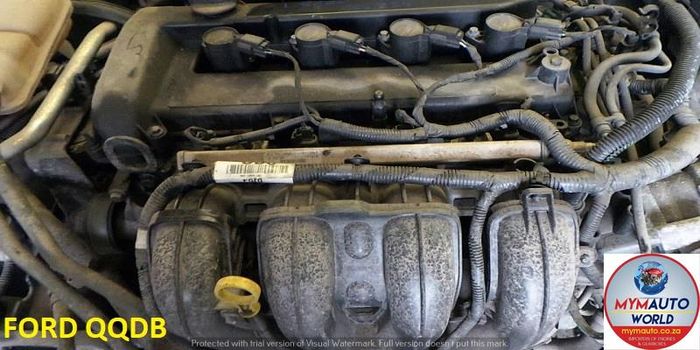Opel Corsa Engine: Top Tips for Maintenance and Care
Wiki Article
Checking Out the Inner Operation of a Compact Lorry's Engine System
As motorists, we frequently take for provided the elaborate procedures that happen within the confines of our automobile's engine system. In this expedition of a small lorry's engine system, we will unwind the inner operations of this mechanical symphony, dropping light on the mysteries that drive us ahead on our day-to-day journeys.Combustion Refine Overview
The burning process in a portable vehicle's engine system is an essential system that successfully transforms fuel into energy to power the lorry. This process happens within the burning chamber of the engine, where gas and air mix, fire up, and produce regulated surges. The burning process consists of four primary phases: consumption, compression, exhaust, and power.During the consumption stage, the piston relocates downward, pulling in a mixture of air and gas right into the combustion chamber. The next phase, compression, involves the piston relocating upward, pressing the air-fuel mixture to raise its strength. Subsequently, in the power phase, the ignition system stirs up the compressed blend, resulting in a quick expansion of gases that compels the piston pull back. This downward motion creates the power needed to drive the lorry. In the exhaust stage, the burnt gases are eliminated from the combustion chamber with the exhaust valve, preparing the chamber for the following cycle. This cyclic burning process is essential to the procedure of a small automobile's engine system, guaranteeing reliable energy conversion for propulsion.
Piston and Cylinder Interaction

The piston's specific fit within the cyndrical tube is essential for maintaining ideal compression and avoiding energy loss during combustion. Tight clearances between the piston and cylinder walls guarantee effective sealing, enabling the piston to move smoothly without allowing gases to leak past. Proper lubrication is also important to reduce friction and wear in between these elements, improving longevity and performance.
Furthermore, the layout and products used in making the piston and cyndrical tube effect engine effectiveness and toughness. Modern engines usually utilize lightweight yet durable materials like light weight aluminum alloys for pistons and cyndrical tube liners to reduce inertia and boost thermal performance. Generally, the harmonious interaction in between the piston and cylinder is fundamental to the engine's capability and general performance.
Gas Shot System Functionality
Gas shot systems in small car engines play a crucial function in specifically delivering gas to the combustion chamber for reliable and regulated ignition. The fuel injection system works by injecting gas into the burning chamber at the ideal minute during the engine's procedure (opel corsa engine). This accurate timing ensures that the gas blends uniformly with the air for proper combustion, leading to enhanced gas effectiveness and reduced dischargesThere are mainly 2 sorts of gas injection systems utilized in portable car engines: port gas injection (PFI) and direct fuel shot (DFI) PFI systems infuse fuel into the consumption port before the intake shutoff, while DFI systems inject fuel straight into the combustion chamber. Both systems have their benefits, with DFI offering much better gas atomization and PFI providing a much more cost-effective option.
Understanding Engine Air Conditioning Devices
Efficient operation of a portable vehicle's engine relies heavily on the effectiveness of its cooling systems. Engine air conditioning is necessary to stop getting too hot, which can bring about major damage and reduced efficiency. The air conditioning system in a compact car commonly is composed of several components interacting to control the engine temperature level. One crucial part is the radiator, which utilizes coolant to take in warm from the engine. As the warm coolant moves via the radiator, it launches warmth into the air, cooling off before returning to the engine. The water pump distributes the coolant with the engine and radiator, making certain a regular circulation Recommended Site to manage temperature level. In addition, the thermostat aids regulate the coolant circulation to keep optimum engine temperature level. Some lorries additionally have cooling down followers that turn on when added air conditioning is required, such as during heavy traffic or heat. Comprehending these engine cooling mechanisms is vital for maintaining the efficiency and long life of a small car's engine system.
Exhaust System Components Explained
The optimal performance of a compact lorry's engine cooling devices depends on a complementary system recognized as the exhaust system, which makes up numerous vital components for making sure efficient discharges and engine performance. The exhaust manifold gathers exhaust gases from the engine's cyndrical tubes and routes them to the catalytic converter.One important part of find out the exhaust system is the oxygen sensor, which keeps an eye on the oxygen degrees in the exhaust gases to help control gas consumption and guarantee optimum engine performance. opel corsa engine. Furthermore, the resonator might exist in some exhaust systems to minimize sound levels. In general, the exhaust system plays an essential role in preserving engine performance, reducing hazardous discharges, and making certain a quieter driving experience for small automobile proprietors

Conclusion
Finally, the portable vehicle's engine system is a complicated mix of components that collaborate to facilitate the combustion process, transform gas right into power, additional info and expel waste gases. Comprehending the internal workings of the engine system, including the piston and cylinder interaction, fuel injection system, engine cooling mechanisms, and exhaust system elements, is critical for maintaining ideal efficiency and performance of the car.The combustion procedure in a small lorry's engine system is an essential mechanism that effectively transforms gas right into power to power the vehicle.Fuel shot systems in small automobile engines play a vital function in specifically supplying gas to the combustion chamber for regulated and reliable ignition.There are largely two types of fuel injection systems made use of in portable lorry engines: port gas shot (PFI) and direct fuel injection (DFI) Recognizing these engine air conditioning devices is essential for keeping the efficiency and durability of a compact vehicle's engine system.
The optimal performance of a small car's engine cooling mechanisms depends on a complementary system recognized as the exhaust system, which consists of different vital components for ensuring reliable discharges and engine performance.
Report this wiki page